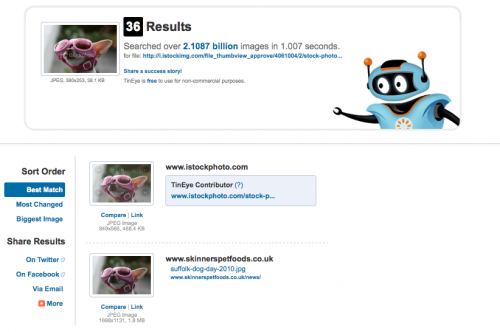

Fake news is a term that is being tossed around a lot lately. While some news stories and viral threads are complete fabrications other news stories that have been labeled "fake" are better described as examples of sloppy or ethically questionable journalism. Yet others, are are simply not fake at all.
So how do you tell the difference between real news and false? Here are some quick tips:
Examine the source where the information originated as best you can.
Is the domain and URL suspicious? There are sites like abcnews.com.co (no longer live). which purposefully pretend to be major news media outlets.
Is there an "About Us" section? If not, be skeptical. If so, please read it. Some sites, like https://clickhole.com openly admit that they are creators fake content or that they are news satire sites.
Read the whole article. Don't just read the headline or the associated tweet.
Check for quotes in the article and check who is quoted. The more controversial a topic the more variety of quoted sources from experts, the better.
Click Bait. These days the media are competing furiously for your attention. Headlines or social media statements are written for maximum impact and engagement and often don't represent the substance of the article. Headlines on news websites are even changed for greater impact when a reader shares the story. Look before you share to see if the "new" headline is misleading.
"Or Real? How To Self-Check The News and Get the Facts" 5 Dec. 2016, http://www.npr.org/sections/alltechconsidered/2016/12/05/503581220/fake-or-real-how-to-self-check-the-news-and-get-the-facts. Accessed 12 Mar. 2017.